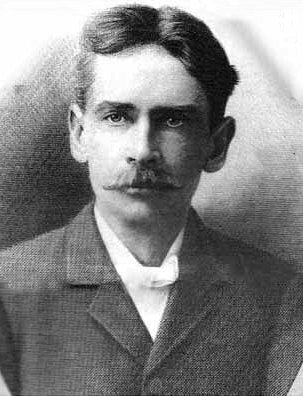Its prototype was built in 1913 by an American scholar, but the product only arrived here in 2014 and even after 100 years of its construction, the Stanley cup has established itself as a real success in the Brazil. In addition to its revolutionary proposal, this glass wins hearts for the feeling of something unique that it conveys.
Learn more about it and find out who was the creator of the stanley cup throughout the article.
see more
Astrology and genius: THESE are the 4 most brilliant signs of…
iPhones that didn't succeed: 5 launches rejected by the public!
The high cost of this product is undeniable, with an average price of R$ 200. But even though it is a high investment for something as routine as a glass, many people are willing to pay for its acquisition.
Thus, the glass became the object of desire for many people, who use it in different places, from indoors to parties.
This glass promises a longer duration of the temperature of the drinks that are placed in it, with 7 hours for hot drinks and 11 hours for cold drinks.
This technology fulfills its long-lasting proposal due to the thermal insulation that is included in its composition.
In addition to its attractive function, this glass has become a dream of consumption for many due to its popularity and the feeling of belonging to something bigger. That's what the owners of this object end up feeling.
This feeling of belonging happens due to the high cost presented, making people feel that they are part of something restricted and important with the acquisition of this material.
The cup was designed by the American engineer William Stanley Jr. with the intention of helping soldiers and workers with the promise of something “unbreakable” that suits the temperature. However, the glass was adapting to the demands of the new generation.

Willian had this idea when he realized that the insulation technology used in electrical transformers could be adapted for something else.
Today, this glass is very successful in other ways, offering comfort, ease and elegance to its still selective public, but which is growing more and more.
In addition to the aforementioned aspects, Stanley reinforces its sustainability propaganda, which is one of its main pillars for expansion.
The brand bets a lot on the idea that this glass collaborates with the environment, leaving aside the durable and problematic disposables, which for years has been the protagonist of various types of pollution.
